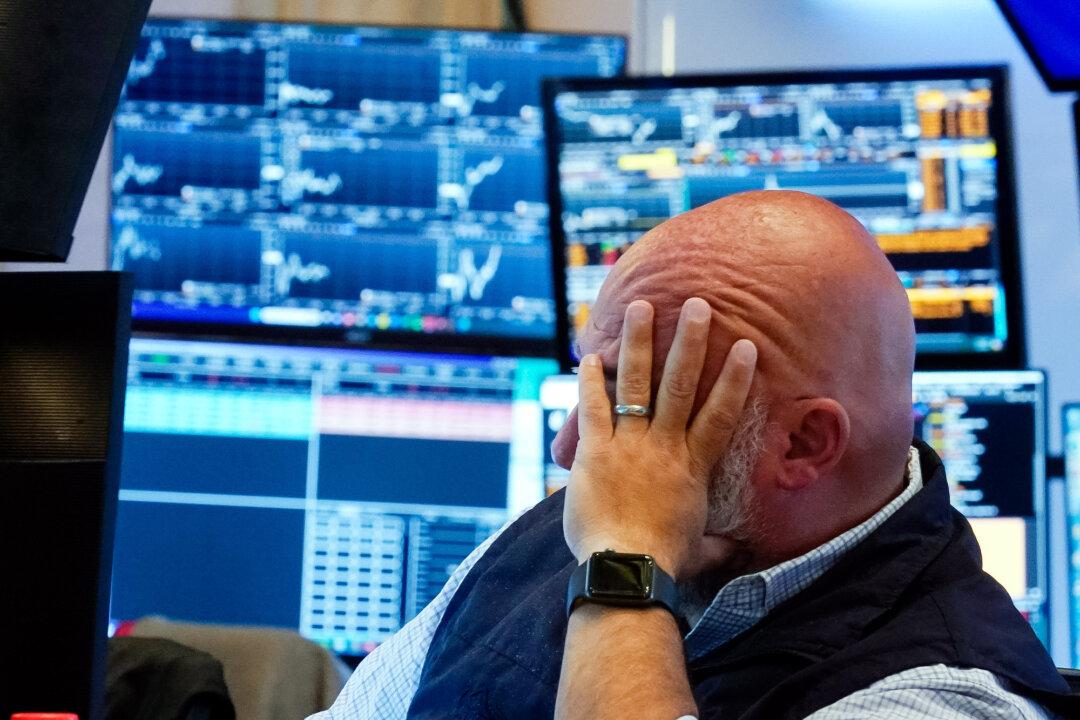Wall Street suffered its sharpest decline in nearly two years on Aug. 5, joining a global stock rout driven by a confluence of factors, including growing fears that the U.S. economy may be spiraling into a recession.
Weak readings on the job market and manufacturing in the United States last week reinforced concerns that the Federal Reserve may have waited too long to cut interest rates, dimming hopes for a soft landing and causing investors to pivot away from risky assets such as stocks and seek refuge in the safety of bonds.





